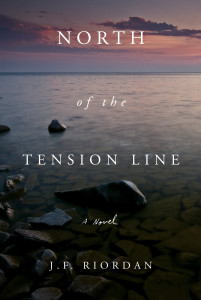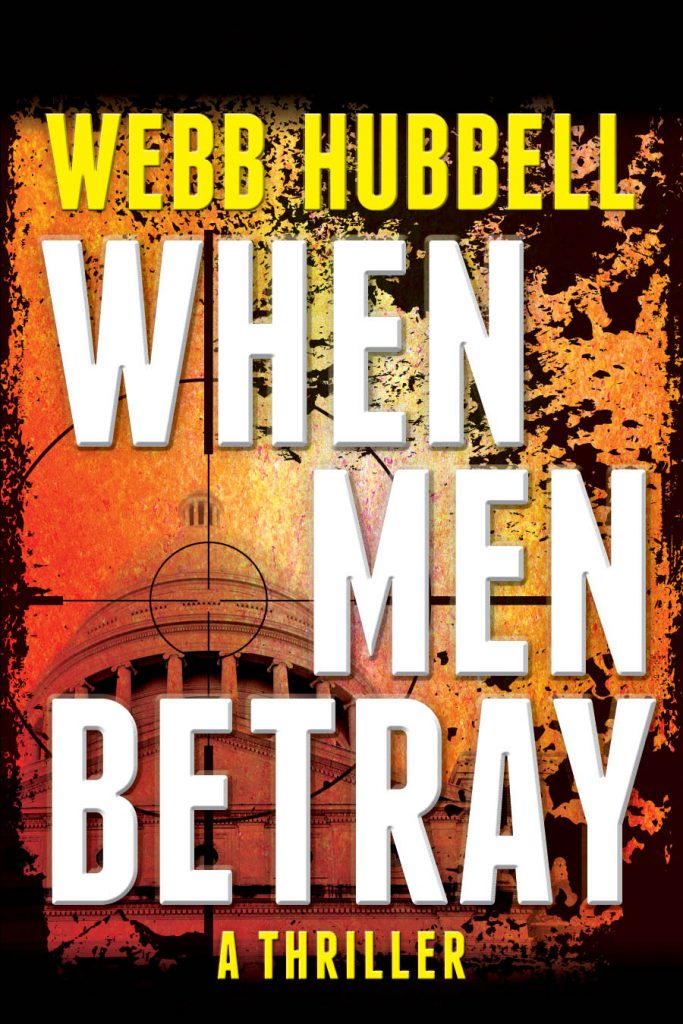The first installment of this series can be found here: http://www.beaufortbooks.com/2014/02/the-future-of-publishing-part-1/
A second camp of people prognosticating the end of publishing are addressing the much more legitimate threat of digital books. I’ve recently moved apartments, and my new roommate is a self-published novelist in his forties who has seen considerable commercial success, reaching peak positions on several charts, including #4 on Amazon one month last year. We got to talking, and he made some very radical claims about the future of publishing. He thinks that bookstores are destined to become as obsolete as record stores—that they will one day be reduced to a few select locations catering to a niche audience.
E-readers do indeed present a formidable threat. They’re relatively inexpensive and fit entire libraries in one’s coat pocket. They have built-in dictionaries that look up unfamiliar words on the spot. I first bought my Kindle when I was moving to Korea because I didn’t want to be burdened with transporting books in my luggage or relying on the limited English selections in Korean libraries. It has proven to be an invaluable tool as I’ve drifted across countries, states, and apartments. Of course I’d rather be reading actual paperbound books, but the Kindle is just so much more practical, especially in a situation like mine. Actual books are a luxury for people who have the space to store them and the desire to pay slightly more for a nicer reading experience. E-readers are purely functional, and if publishers want to avoid my roommate’s grim prediction, they need to acknowledge that books are becoming a luxury item, and treat them accordingly.
Of course, there are exceptions to the practicality of e-books. Texts with extensive endnotes, requiring frequent flipping between distant pages, are unwieldy on e-readers. Nobody should suffer through something like Infinite Jest on a Kindle. But how long until the next technological innovation creates a workaround for this issue? It’s not even that complicated; I’ll invent and patent it myself: make it so it’s possible to click directly on any page and bring up the relevant endnotes immediately, without the hassle of navigating between the back and front of an e-book. I’ll be expecting royalty cheques, Amazon.
But books also have advantages that cold, impersonal, purely-functional e-readers cannot overcome: they are pleasant to hold. Their covers are nice to the touch and contain artwork that is beautiful, relevant, and sets a mood. They come with that patented new book smell, and after time passes, that old book smell, an acquired taste. One can flip through them quickly, instantly turn from one page to any other, scribble in the margins, and photocopy or dog-ear the pages. Hold them, love them, and make them yours. And share them with people who can see what you’ve done with them! One of my favorite aspects of college libraries was seeing decades-old comments and debates scrawled in the pages of books I checked out. Typed up notes on a Kindle can never fully replace this experience.
Nonetheless, there is no doubt that the introduction of e-readers has placed unprecedented strains on book sellers. Our hallowed citadel, Borders, has already fallen before the looming shadow. Yet many smaller bookstores appear to be prospering lately. When deciding to get into publishing, I interviewed a series of Brown alumni in assorted roles in the business. They included editors, literary agents, and Lexi Beach, the proprietor of the newly opened Astoria Bookshop.
Lexi told me that Queens residents were so deprived of bookstores that during her first months in business, people would frequently come in and thank her for opening her doors. I asked her how bookstores are competing with sites like Amazon—not only do they offer Kindles, but also the possibility of having the same exact books delivered to one’s doorstep, often at a cheaper price than in stores.
She told me that despite the internet’s advantages, it can never come close to simulating the browsing experience a bookstore offers. People can come in and physically hold books, sample reading them, flip through them, and immediately compare them to similar books nearby. People turn to bookstores to discover something new. Furthermore, bookstores are a gathering place for the literary-minded community. They are a valuable part of any neighborhood, as many of them run social events like book clubs and author readings.
When I asked if people come in, find the books they want, and then go home and order them for a cheaper price online, she told me that it doesn’t really happen—people typically understand that bookstores need support to survive, and make a point of shopping there to keep their doors open. Sidenote: buy books at the awesome new Astoria Bookshop if you live in Queens!

Source: http://www.queensmamas.com/queens_mamas/2013/08/astoria-bookshop-open-for-business.html
Yet the continued success of bookstores does not mean all is well. Other alumni reported layoffs across the board, loss of profits, and a general confusion in the industry about how to deal with the technological revolution of recent years. Sure, print media is likely destined to be around forever. For instance, The Paris Review vows it will never become an exclusively digital publication. But it’s not the general presence of printed texts that’s in question, but the degree to which they’ll continue to be relevant, popular, and profitable.
E-readers are still relatively new and haven’t reached their full potential. At the moment, many people have still never tried the technology, as they’ve grown accustomed to traditional books over decades of entrenched habits. But as time passes, more and more people will try e-readers, and the old guard will naturally reach extinction. Meanwhile, e-readers will become better and cheaper; all technology does.
So how can publishers stay profitable against the shifting tide? Check in next time for the third installment of this series!
–Beauchamp Bagenal















 Webb Hubbell, former Associate Attorney General of the United States, is an author and lecturer. His novels, When Men Betray, Ginger Snaps, and A Game Of Inches, and his memoir, Friends in High Places are published by Beaufort Books. When Men Betray won one of the IndieFab awards for best novel in 2014. Ginger Snaps Won the IPPY Awards Gold Medal for best suspense/thriller. He also writes a daily blog of personal meditations at
Webb Hubbell, former Associate Attorney General of the United States, is an author and lecturer. His novels, When Men Betray, Ginger Snaps, and A Game Of Inches, and his memoir, Friends in High Places are published by Beaufort Books. When Men Betray won one of the IndieFab awards for best novel in 2014. Ginger Snaps Won the IPPY Awards Gold Medal for best suspense/thriller. He also writes a daily blog of personal meditations at